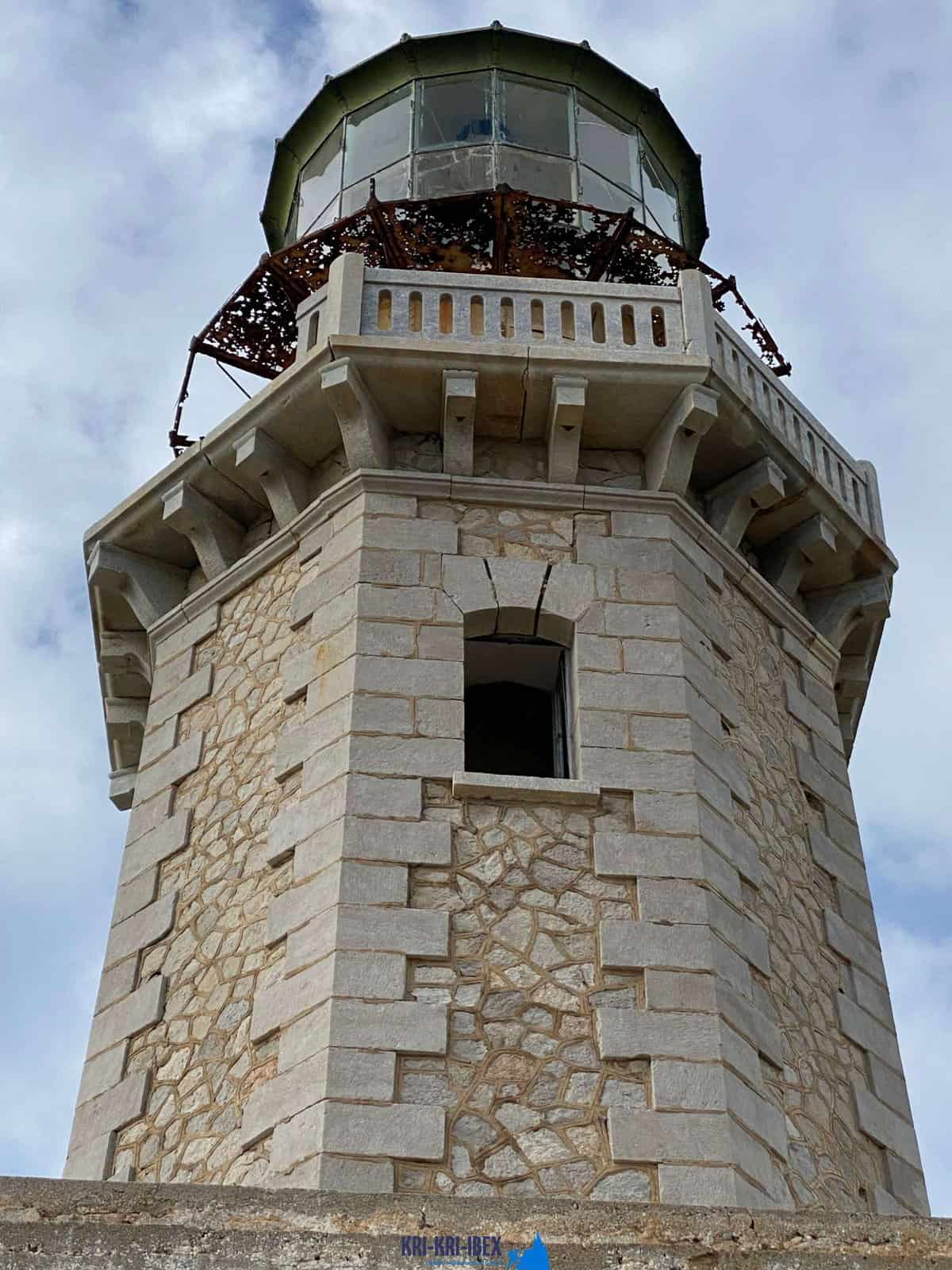
Searching for Kri Kri ibex in Greece is an exciting searching and an unbelievable trip exploration all rolled right into one. For many hunters, ibex searching is a difficult endeavor with unpleasant problems, but not in this instance! During 5 days of visiting old Greece, diving to shipwrecks, and also spearing, you'll run into stunning Kri Kri ibex on an unique island. What else could you desire?

Since it is not established, the number of Ibexes varies with the populace. The Ibexes of the Cretan Ibex breed Kri-Kri is the smallest ibex in terms of body weight, yet not horn size (Capra Aegagrus Cretica). A couple of samplings that went uncounted measured 115 cm (45 inches). The gold prize is 61 cm (24 inches) long. The Kri-Kri ibex is pursued in Greece currently. Searching is readily available on Atalanti as well as Sapientza. Hunting is allowed on Atalanti from the last week of October to the very first week of December. Hunting is permitted on Sapientza for the whole month of November, depending upon weather.
What to Expect on a Peloponnese Tour? When you book one of our searching as well as exploring Peloponnese Tours from Methoni, you can expect to be surprised by the natural beauty of the area. From the beautiful beaches to the woodlands as well as hills, there is something for everybody to appreciate in the Peloponnese. Furthermore, you will have the chance to taste a few of the very best food that Greece needs to offer. Greek food is renowned for being fresh and delicious, and also you will definitely not be let down. Among the very best parts concerning our scenic tours is that they are created to be both enjoyable and instructional. You will certainly learn more about Greek background and culture while likewise getting to experience it firsthand. This is an outstanding chance to immerse on your own in everything that Greece has to offer.
Experience 'Real' Greece with Our Peloponnese Tours. Look no additionally than our Peloponnese scenic tours if you're looking for a genuine Greek experience. From ancient damages as well as castles to scrumptious food and white wine, we'll reveal you everything that this impressive area needs to use. What are you waiting for? Schedule your journey today! Your Kri Kri ibex searching in Greece is here!
What is the diference between Kri Kri ibex, Bezoar ibex and hybrid ibex
The kri-kri is not thought to be indigenous to Crete, most likely having been imported to the island during the time of the Minoan civilization. Nevertheless, it is found nowhere else and is therefore endemic to Crete. It was common throughout the Aegean but the peaks of the 8,000 ft (2,400 m) White Mountains of Western Crete are their last strongholds–particularly a series of almost vertical 3,000 ft (900 m) cliffs called ‘the Untrodden’—at the head of the Samaria Gorge. This mountain range, which hosts another 14 endemic animal species, is protected as a UNESCO Biosphere Reserve. In total, their range extends to the White Mountains, the Samaria National Forest and the islets of Dia, Thodorou, and Agii Pandes.
This Ibex is NOT a diminutive form of the Bezoar Ibex, which has migrated into the western-most reach of the range of this species. The kri – kri (Capra aegagrus cretica), sometimes called the Cretan goat, Agrimi, or Cretan Ibex, is a feral goat inhabiting the Eastern Mediterranean, previously considered a subspecies of wild goat. The kri-kri has a light brownish coat with a darker band around its neck. It has two horns that sweep back from the head. In the wild they are shy and avoid tourists, resting during the day. The animal can leap some distance or climb seemingly sheer cliffs.
“The agrimi goat Capra aegagrus cretica is unique to Crete and its offshore islands. It has been identi®ed as a sub-species of the wild bezoar goat Capra aegagrus aegagrus Erxleben, 1777, which it closely resembles in horn shape, body form and coloration. This classi®cation has been disputed by some researchers who claim that the agrimi are feral goats, derived from early domestic stock brought to the island by the ®rst Neolithic settlers. In order to clarify this issue, DNA analyses (cytochrome b and D loop sequences) were carried out on tissue of live and skeletonized agrimi and compared to sequences of wild and domestic caprines. Results conclusively show the agrimi to be a feral animal, that clades with domestic goats (Capra hircus) rather than with wild Asiatic bezoar. This study demonstrates that morphometric criteria do not necessarily re¯ect genetic af®nities, and that the taxonomic classi®cation of agrimi should be revised.”